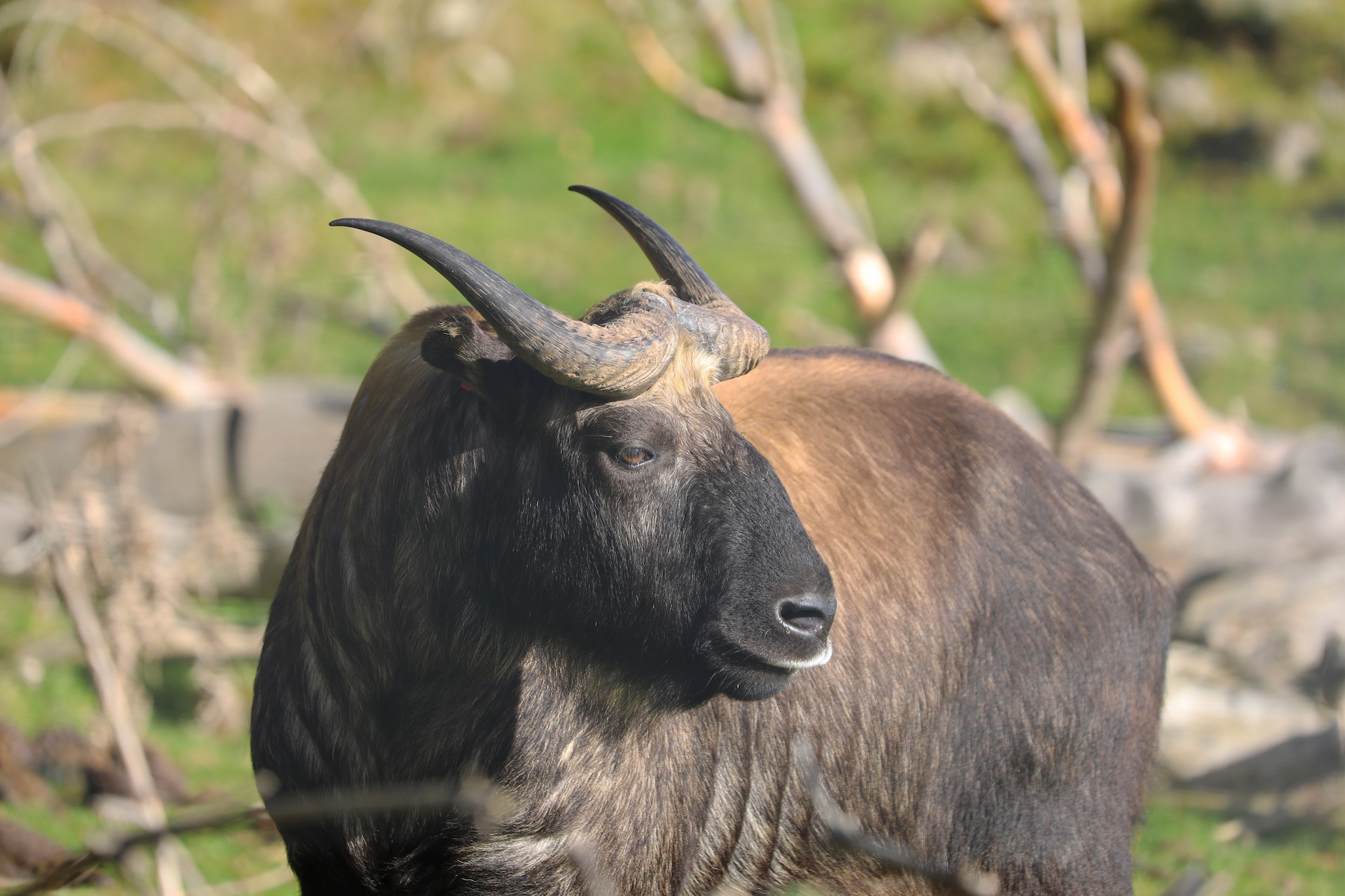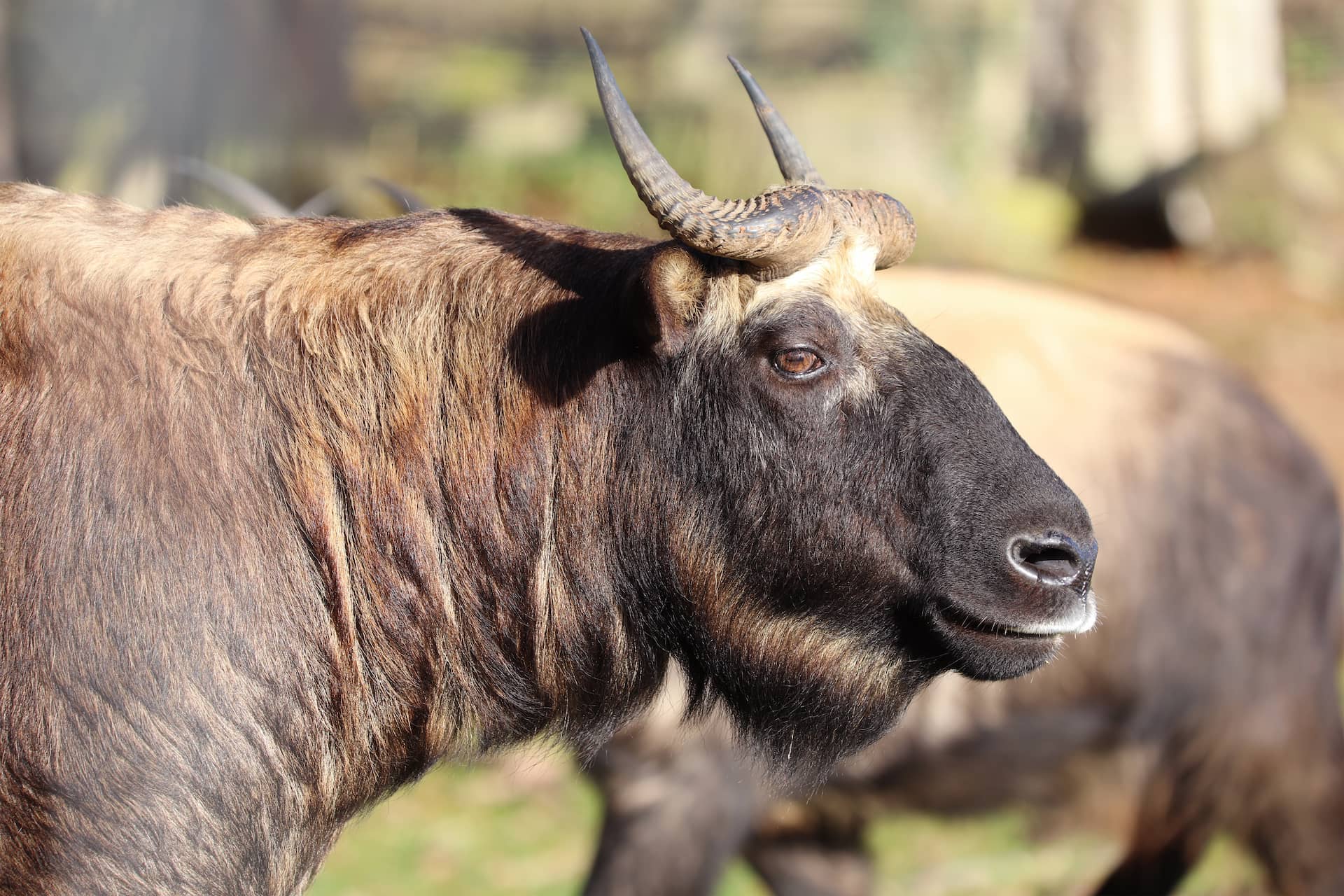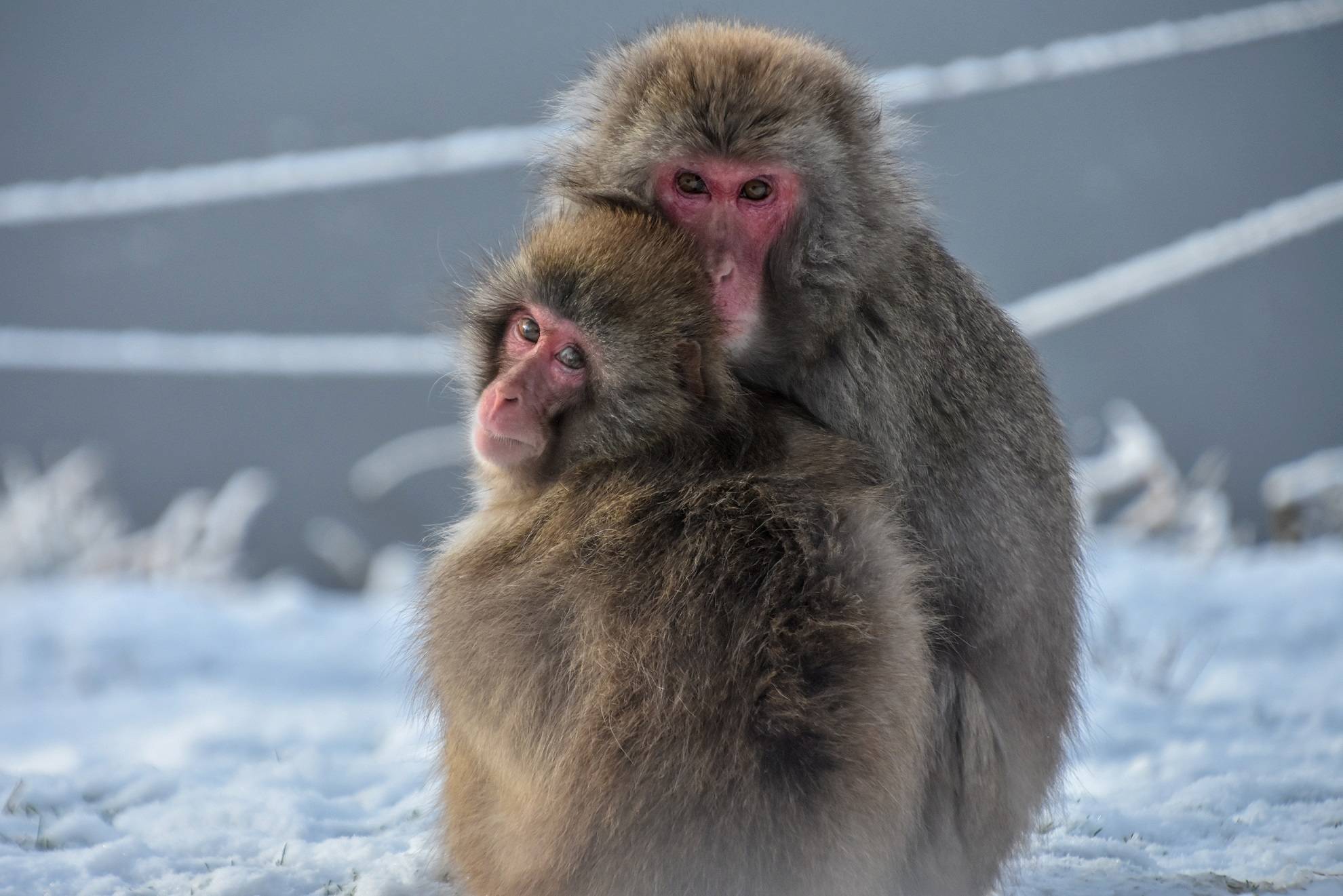Mishmi takin
Budorcas taxicolor taxicolor

We have a small herd of Mishmi takin named Missandei, Ser Davos, Drogo, Mountain, Brienne, Tyrion, Arya, Khaleesi, Jorge, and Chimi. Our keepers have named them all after Game of Thrones characters!
The Mishmi takin is a native of the eastern Himalayas, including the mountainous regions of north-eastern India, northern Myanmar, south-eastern Tibet and parts of China.
They inhabit a wide range of environments, from forested valleys to rocky alpine zones. Mishmi takin can live at altitudes of up to 4,500m and are well-equipped for mountain life. They have short, sturdy legs and broad hooves which provide surefootedness. They also have oily skin secretions that coat their fur and protect them from the cold, damp climate.
They are at risk due to habitat loss, competition with other species and hunting for the traditional medicine trade.
Population
Decreasing
Diet
Herbivore
Habitat
Mountains
Fact file
Adults can weigh between 250 to 400kg and stand over a meter tall at the shoulder. Despite their size, takins are more closely related to sheep and goats than to cattle or deer
They have a large, arched nose and a moose-like face that helps warm cold mountain air before it reaches the lungs
Takin have stout horns that are ridged at the base and can reach up to 64cm in length
Males and females sport stout, backward-sweeping horns that curve upward at the tips

How we're helping
Like all the animals in our care, our takin are amazing ambassadors for their relatives in the wild and help hundreds of thousands of people connect with nature every year. They encourage visitors to learn about the threats facing wildlife and the action they can take to help create a world where nature is protected, valued, and loved.
As a wildlife conservation charity, we care for the animals here at the park and work to protect species at risk around the world. From providing expertise in genetics and veterinary health to protecting wild places with local conservation partners, and even restoring threatened species to the wild, we are active where we are needed most.
Find out more about RZSS conservation
